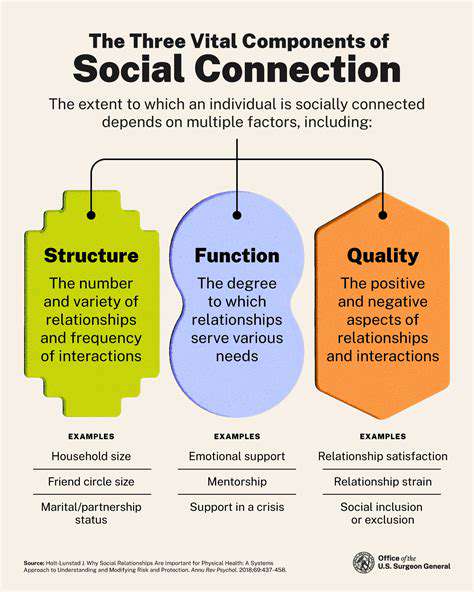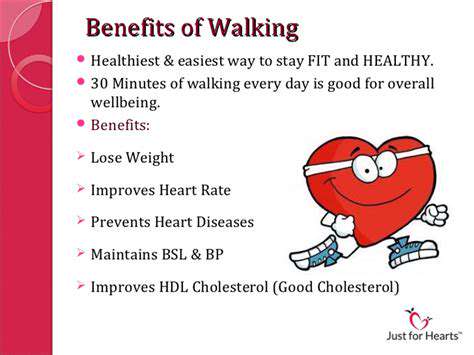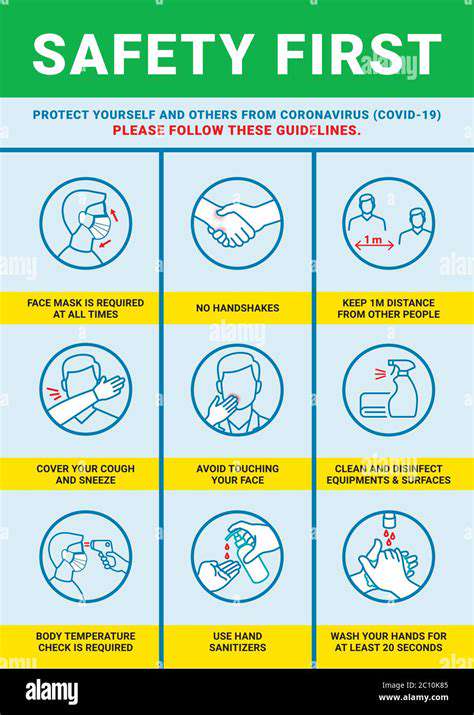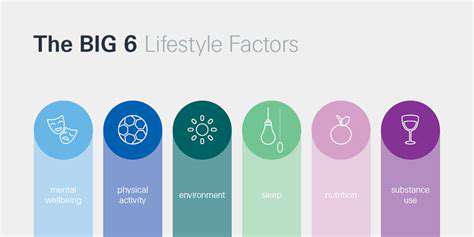Chair Based Functional Exercises for Seniors with Limited Mobility
Improving Balance and Coordination Through Chair Exercises
Benefits of Chair Exercises for Balance
Chair exercises, often overlooked, offer a wealth of benefits for improving balance and coordination, particularly for individuals with mobility limitations or those seeking to maintain their functional independence. These exercises, performed in a safe and controlled environment of a chair, can help strengthen the muscles crucial for maintaining posture and stability. Regular participation can reduce the risk of falls, a significant concern for many, and enhance overall quality of life by promoting confidence and independence in daily activities.
By targeting specific muscle groups, chair exercises can lead to improved proprioception, which is the body's awareness of its position in space. This improved awareness is directly linked to better balance and coordination, enabling individuals to perform everyday tasks with greater ease and confidence. Furthermore, the controlled environment of a chair helps to minimize the risk of injury, allowing individuals to focus on proper form and technique while building strength and mobility.
Targeting Specific Muscle Groups
Chair exercises are designed to engage various muscle groups, particularly those responsible for core stability, leg strength, and postural control. Exercises like seated leg raises, chair squats, and chair rows work to strengthen the quadriceps, hamstrings, and glutes, all vital for maintaining balance and preventing falls. These exercises also indirectly strengthen the core muscles, which provide a stable base for the entire body.
The focus on targeted muscle groups is crucial for improving overall body mechanics. By strengthening these muscles, chair exercises help to improve the efficiency of movements, enabling individuals to navigate their surroundings with more agility and confidence. This targeted approach ensures that the exercises are effective in addressing specific balance and coordination challenges.
Safety Considerations and Precautions
While chair exercises offer numerous benefits, it's essential to prioritize safety. Before starting any new exercise routine, it's crucial to consult with a healthcare professional or physical therapist, especially if you have any pre-existing medical conditions. Proper form and technique are paramount to avoid injury and maximize the effectiveness of the exercises.
Choosing a stable and sturdy chair is also a key safety consideration. Ensure the chair has a firm base and is free from any potential hazards that could cause instability. Always proceed cautiously, listening to your body, and modifying exercises as needed. By prioritizing safety, individuals can reap the full benefits of chair exercises without risking injury.
Progression and Customization of Exercises
Chair exercises can be customized to suit individual needs and abilities. Initially, exercises can be performed with minimal resistance, gradually increasing the difficulty as strength and balance improve. This progressive approach allows for a safe and effective adaptation to the exercises, ensuring that they remain challenging but achievable. Modifications can be made based on individual needs, including the use of resistance bands or weights for added challenge.
Tracking progress and adjusting the exercises accordingly is crucial for continued improvement. By monitoring progress, individuals can ensure that the exercises remain effective and continue to challenge the body appropriately. This personalized approach to chair exercises allows for maximum benefit and ensures that the exercises remain tailored to the individual's specific needs and capabilities.
Integrating Chair Exercises into Daily Life
Incorporating chair exercises into daily routines can significantly improve balance and coordination. Even short, 10-15 minute sessions can make a noticeable difference. Aim for consistency, incorporating these exercises into your daily schedule, whether it's first thing in the morning, during a break at work, or before bedtime. This consistency is key to achieving long-term improvements in balance and coordination.
Integrating these exercises into everyday activities can enhance functionality and independence. For instance, incorporating chair squats while waiting for the kettle to boil, or performing seated leg raises during commercial breaks can make these exercises an integral part of your daily routine. Finding creative ways to incorporate these exercises into your daily life can make them more sustainable and enjoyable.











